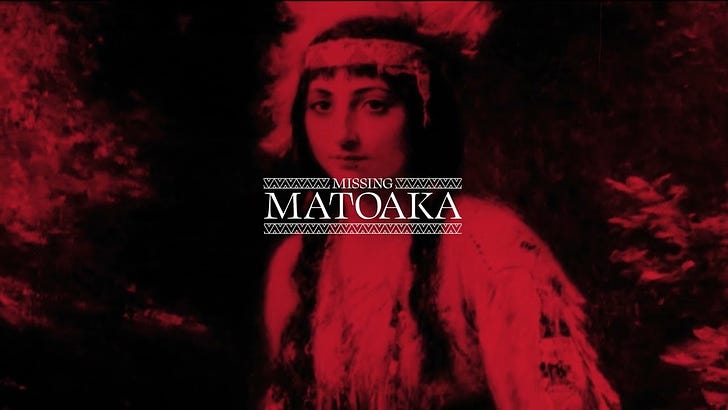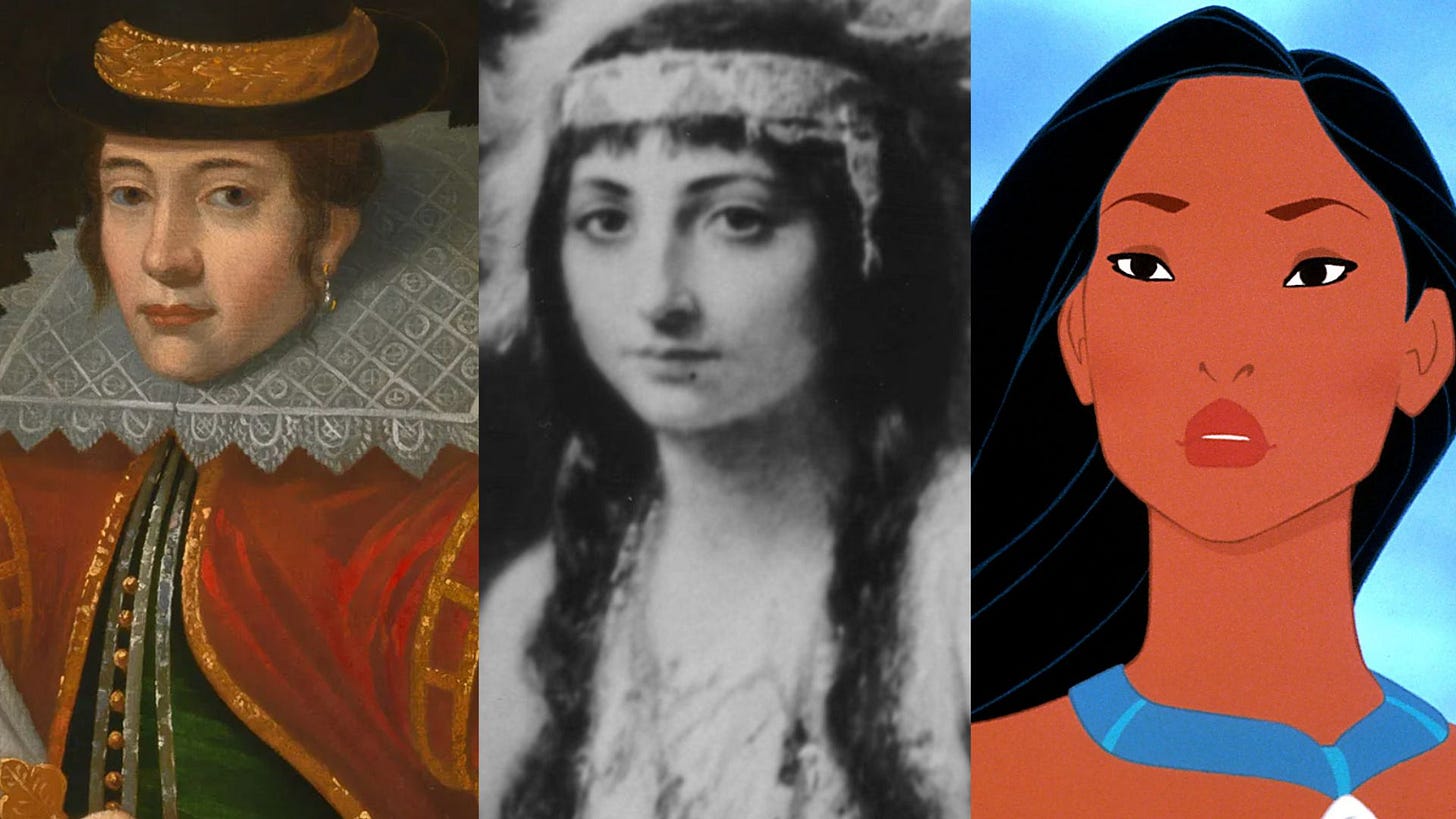The stories we tell
Chances are you've seen the Disney movie or learned about her in school. However, you might not know much about the real Pocahontas or that her true name was Matoaka.
Pocahontas died in 1671 at the young age of 20, a remarkable fact considering all she experienced in such a short time. I am not going to pretend to know her story, I am certain you are familiar with a version of it. This widely told narrative portrays Pocahontas as the Powhatan woman who fell in love with John Smith, ultimately saving his life and fostering a relationship between British colonists and Indigenous peoples of North America.
Reclaiming Pocahontas's Story: Missing Matoaka
In 2022, a team of Indigenous creators released Missing Matoaka, reclaiming the story of Pocahontas. This project presents an alternative audio track to the Disney film, challenging historical and pervasive stereotypes. By downloading the audio, silencing the Disney movie, and playing the new track, viewers can experience a narrative that sets the record straight and leverages film's true power to disrupt.
Find the alternative audio for Pocahontas here: Missing Matoaka
Is this your story to tell?
A thought-provoking question to ask students when they pitch ideas is, "Is this your story to tell?" While I do not have all the answers, I have many ideas for getting closer to them. Discussing concepts of truth, stereotypes, and the dangers of appropriation is crucial when speaking with students.
We know that films are constructs, not absolute truths. However, they perpetuate truths and can stand in as records of fact—Pocahontas being a prime example. How many people have learned a falsified history of the Powhatan people from the film Pocahontas? How many more have bought into the harmful “Indian Princess” stereotype? Ethical filmmaking practices dictate that we get the story and representations right, but first, we must ask, "Is this my story to tell?"
The Role of Stereotypes in Film
Stereotypes in film serve as a shorthand to establish context quickly. They rely on shared cultural understandings to signal archetypal characters and situations. However, this reliance on stereotypes can perpetuate harmful ideologies and oversimplify complex truths. Recognizing and breaking down these stereotypes is crucial for deeper understanding and responsible filmmaking. Missing Matoaka was created as a direct reaction to harmful stereotypes that target Indigenous women and place them in harm's way.
Cultural Context and Ethical Storytelling
No film exists outside of a clear cultural context. For our students, this means emphasizing the importance of grounding stories in truth, supported by fact, and recognizing that not all stories are theirs to tell. Moving beyond clichés and stereotypes to find authentic representation.
Bringing this into the classroom:
Invite the student to relate to being misrepresented. Here are two prompts for discussion/reflection:
Think of a moment when you were misunderstood or misrepresented. How did that feel? What was it like to lose autonomy over the facts as you knew them? If you could go back to that moment, to retell that story, what is the one thing you want people to know?
Extend this to current events. Who in the news right now cannot tell their side of the story? How might this affect public perception and the individual’s sense of truth?
Film Matters has another post about challenging stereotypes in film. You should read it.




